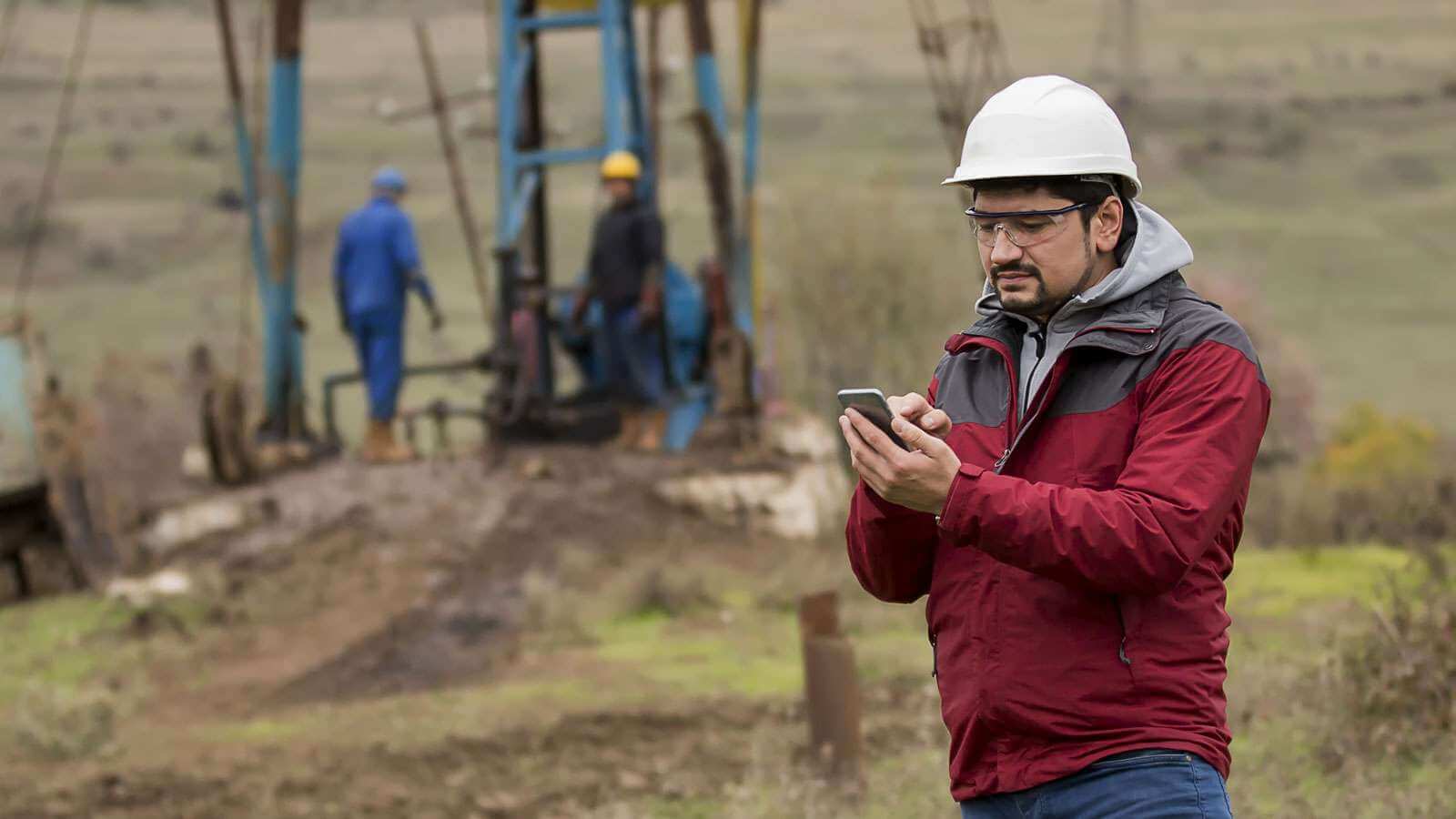Key takeaways:
- Organizations have turned to technology to reduce physical risks and enforce safety policies
- Safety technology trends include artificial intelligence, robotics and virtual reality
- TRUCE helps automate employee protection, removing the burden and chance of human error from manual policy enforcement
Safety in the workplace is a top priority for any business, with hazards on the job posing a threat to employees’ well being, worker retention, and a company’s bottom line. Not surprisingly, as technological advances have reduced human error in workflows and processes, businesses are relying on technology to make workplaces safer – and the conversation around safety in the workplace continues to grow. In fact, a recent global study found that 88% of people want to see public safety transformed through the use of advanced technology. Here are 3 tech safety technology trends to watch:
Artificial Intelligence
The story of artificial intelligence (AI) dates back not just years, but decades. Often viewed as new technology, AI was invented in the 1950s and appeared in consumer products, such as speech recognition software, by the 1990s. The exponential development of computing storage and processing power has since paved the way for a wide-scale commercial and industrial AI boom across industries.
You know Tesla, Amazon and Meta, of course. Rio Tinto, an Australian mining company, has been using AI-driven automated trains to transport iron ore since 2018. But more than just business, AI is driving many of our most sophisticated safety systems. Keyword detection helps 911 call responders act more effectively and efficiently to provide help in an emergency, for instance. Similarly, machine learning – a type of AI – analyzes data to find trends or weak spots in processes that can help keep employees safer on the job. It can even scan language in emails or identify phrases through voice recognition that may constitute harassment or discrimination, and immediately flag supervisors to respond appropriately.
Robotics
Whether as common as a Roomba or as life-changing as a “bionic” prosthetic, robotics are empowering humans to handle old tasks in new (and often more efficient and safer) ways.
For decades, companies have used high-tech machinery on factory floors to increase productivity and reduce the risk to employees, who once performed the same (or similar) tasks manually. A recent survey found that 71% of environmental health and safety professionals use robotics for safety purposes. That may include assembly robots in warehouses, material-handling robots on construction sites and even unmanned aerial vehicles (UAVs) – or drones. Data from the U.S. Department of Labor indicates that 645 workers died in 2020 after falling from a height. Drones can reduce those scenarios that put workers in certain precarious spots.
Virtual Reality
Virtual reality (VR) training dates back at least to the development of military flight simulators, and more recently the tech has revolutionized medical training programs. Lately, more industries have introduced VR into their training models. Joy Gaughan, lead instructional designer at GP Strategies Corp., tells EHS Today that manufacturing companies have found augmented reality (AR) to be “an effective way for them to provide simulations on how to operate machinery, which can lower the risk for both early-stage and new employees.” Tyson Foods has reported a 20% reduction in illness and injury as a result of its VR training.
“In an interactive virtual environment, you can set up real-world scenarios that can drive home training in a way that an in-person classroom environment often can’t,” Saagar Govil, CEO and chairman of Cemtrex Inc., wrote in an article for HR Daily Advisor. “This is especially useful when training employees on the use of specific equipment or machinery: Various scenarios can be played out safely and repeatedly for each trainee hundreds of times if necessary.”
Safety and advanced technology are also the driving forces behind TRUCE Software and our contextual mobility management (CMM) solution. With the ability to manage a worker’s mobile device usage while simultaneously enforcing company policy, TRUCE helps automate employee protection, removing the likelihood of human error through manual policy enforcement.

